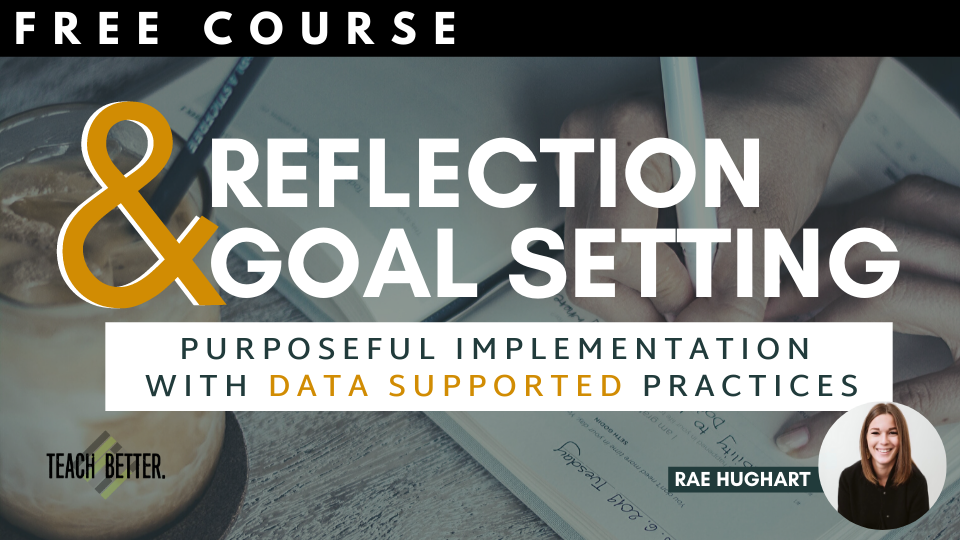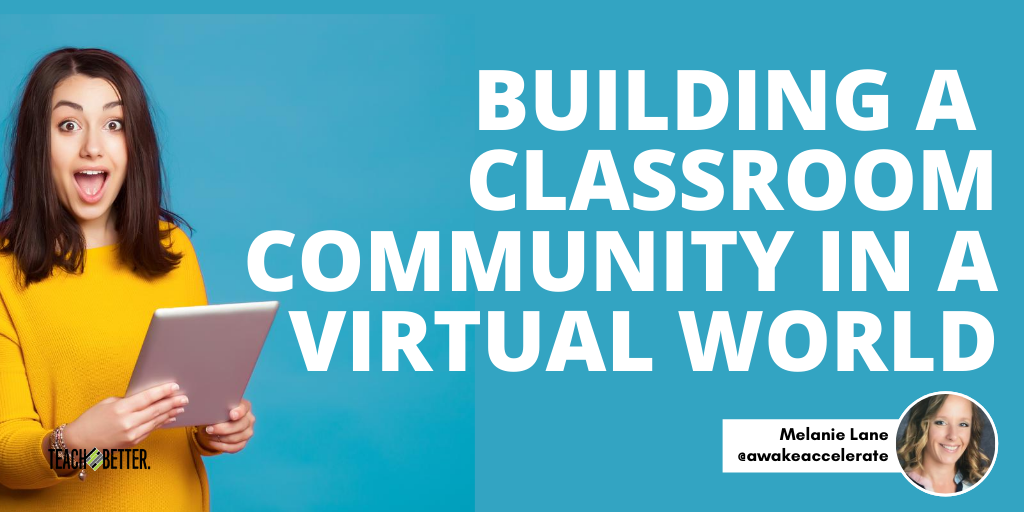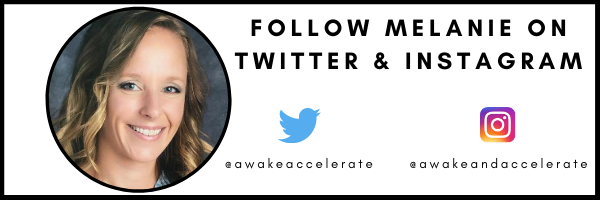TL;DR:
- Strategies for building classroom community in a virtual world include using a user-friendly online platform, teaching expectations, utilizing breakout groups, assigning roles, creating goals, having a plan for students to seek assistance, providing opportunities for communication, and celebrating successes.
- Learning environments are crucial for providing students with opportunities to exercise their strengths and to overcome their weaknesses.
A school is filled with so much more than books and children. The senses can come alive in a building responsible for growing children. From murals on the walls to the precious noise of children learning pouring from classroom doors, schools bring communities to life.
Building a space where learners can take risks and be vulnerable to new learning is no easy feat. Teachers have been molded to create community through class meetings, team work, and individual celebrations of high fives and hugs. Just as we become experts in our content and craft, we hone our expertise in building relationships to give the seeds of learning the water they require to grow.
The landscape of education is changing. Little can be predicted and we are all left in uncharted territory. No one can predict if these changes will have a lasting impact on our educational systems, deliveries, and pedagogy. However, one mountain we have to conquer is virtually building a classroom community that mirrors our classrooms.
Have students who feel confident with the content, and who have demonstrated acquisition, lead breakout groups. You can also provide a help board where students can post questions or request help from their classmates. Click To TweetWhat is an online community?
In the non-education setting, online communities have shared goals or a shared purpose. The members within this community use each other to work towards this goal or purpose by sharing their knowledge or resources with one another. They must also adhere to certain rules or norms, and there are “admins,” or persons within the community, that ensure all members are accountable for the agreed upon rules.
Think about organizations you may follow on social media. What strategies do they employ to keep you invested in their efforts or goals?
Some things that may come to mind are that they…
- Have a centralized location for information.
- Communicate information consistently and in multiple ways, via images, emails, and events.
- Use a variety of strategies and modalities to keep you invested in their mission.
- Have opportunities for members to share personal stories of success or meaning.
- Have multiple avenues available for members to have contact for support or questions.
How is a virtual educational community different?
The short answer is that it really is not different than any other online community. Virtual educational communities require many of the same elements. The difference is merely in the way educators must explicitly promote, instruct, and facilitate the expectations while engaging with their students online.
Older students will also be able to take those expectations and generalize them into small group work with peers online without the assistance of a teacher facilitator.
What are some tips for building classroom community virtually?
Ensure ease of use.
One strategy for building classroom community virtually is to make sure the online live webcast platform you are using is easily navigated and understood by both students and caregivers. Spend time at the beginning of the year frontloading the use of this platform. Some schools or teachers use online resources such as YouTube or video recordings to create tutorials that walk families through directions on how to navigate their platform. Provide clear directions on where content such as notes, assignments, and announcements will be housed.
Teach expectations for online engagement.
Spend quality time discussing what expected behavior will look like during various online activities. Just as you would within your classroom, spell out how conversations, movement, and questions will be managed. This can be done collectively during a video conference, just as you would do in your classroom.
Online communication during school or learning times is not the same as talking to each other on social media. Work, comments, and conversations must remain school appropriate. Dialogue that is conducted via writing or video conferencing between students and the teacher must be respectful. Be sure to notify children when written responses should be formal or when they can speak or write casually.
Use frequent breakout groups.
Teachers are masters at building and utilizing small groups within their classroom. Online learning does not have to be any different. You can still use your formative assessments to group kids for unit extensions or interventions. You can also use breakout sessions to have kids work in groups based on interests, topics, or activity preference.
We continue to have flexibility to get a wide range of learners working together for a variety of purposes, sharing their unique strengths. Take time to learn how you can create breakout groups within your video conferencing platform. If you need assistance, Google to the rescue!
Assign student roles or jobs.
You can still have student roles online. Class jobs can include items such as reviewing expectations for the class, keeping time, note keeper, summarizer (the student who wraps up what the class learned), etc. Giving students a role in the learning keeps investment high, which should hopefully translate into engagement. Roles should be discussed or taught prior to assignments and should be posted somewhere on your learning page or platform.
Have shared S.M.A.R.T. goals.
Nothing brings people together more than a united goal or purpose. Have daily short term goals and long term class goals that kids can work toward individually and collectively. Make sure the goals are communicated clearly (this can be a student job or role to remind the class of their goal and their progress) and make sure there is a clear way to measure their success. Most teachers can recite the SMART acronym (Specific Measurable Achievable Relevant Timely) in their sleep. This is a great way to present your class goals .
[scroll down to keep reading]
Have a plan for students to access help.
Have a concrete plan for students who may be struggling. This should be communicated early on and include not just access to a teacher, but using one another as well.
Have students who feel confident with the content, and who have demonstrated acquisition, lead breakout groups. You can also provide a “help board” where students can post questions or request help from their classmates. This can be a fluid opportunity for kids to assist each other.
Students can also rate their understanding at the end of a lesson.
Provide opportunities for shared communication.
Give students a space to share their thoughts, ideas, and learning. As with other routines, make sure you are explicit about expectations with what is appropriate and not appropriate during these chats or online conversations. This strategy can serve a variety of purposes. It can be available after lessons where students can post one “aha” and one “wonder.” Essentially, students reflect on something they learned and something they still want to know.
Another purpose for shared communication is for students to mentor each other. Providing the virtual space for students to take turns being leaders for what they feel confident about is equally as beneficial as giving students an opportunity to hear the content restated from a peer for potentially better understanding.
Frequently celebrate success.
Have a way to celebrate success virtually. Kids’ work and efforts should still be highlighted. This can be built in through video shoutouts, weekly or daily announcements, or a way to begin or end each online session.
Class incentives can also still be used. Kids can bring their favorite snack to their at-home learning session, wear something silly or themed, or show and tell a pet or favorite item. The important part is celebrating together and building positive experiences with one another. Building a classroom community has never been so important.
We must remember that the community you build in your physical classroom is far more than those much loved high fives. Effective learning environments provide opportunities for all students to exercise their strengths and to be vulnerable enough to help each other overcome their weaknesses.
Virtual learning environments that maintain individual student goals while promoting and celebrating a collective purpose can offer students the richness of an online classroom in which they can thrive.
About Melanie Lane
Melanie has been a special educator for 16 years. She has taught for ten years in a K-5 public school and then transitioned over to the middle school to help develop an inclusive program for students with emotional disabilities. She is currently serving as an instructional coach with an emphasis on continuum development for students with disabilities in grades 6-8.



